How to Declutter When Your Family Is The Problem
As an Amazon Associate and member of other affiliate programs, I earn from qualifying purchases.
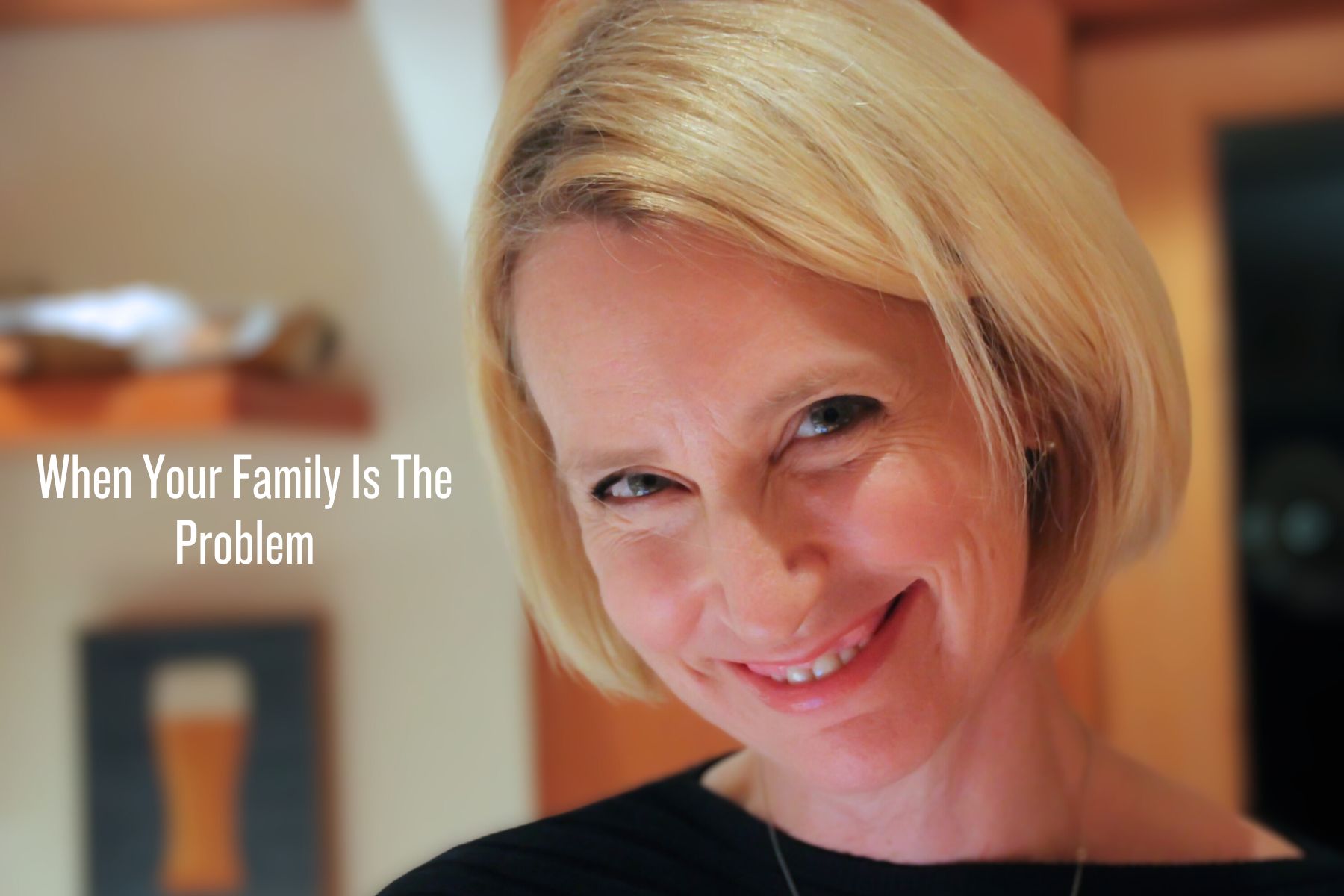
My guess is if you’re reading this you have gotten the decluttering bug (or at least would like to catch it.) You are feeling a certain amount of excitement and moral superiority. You’re ready and rearing to go but there’s a problem. Your family. Your family is the problem.
This post comes after answering hundreds (thousands?) of questions,comments and messages on this topic. It’s a hot potato for sure. The reason it’s taken so long for me to address this challenge on the blog is simple; most people don’t like my solution. It’s not a hack. It’s not an easy fix. And it’s not fool proof by any means. But I have seen it work time and time again with my organizing clients. And in my own house.
I may have lost you at ‘it’s not a hack’, but if you’re still with me here’s my strategy for getting your family on board with decluttering. You’re Welcome in advance…and don’t hate me!
Tend Thine Own Garden First
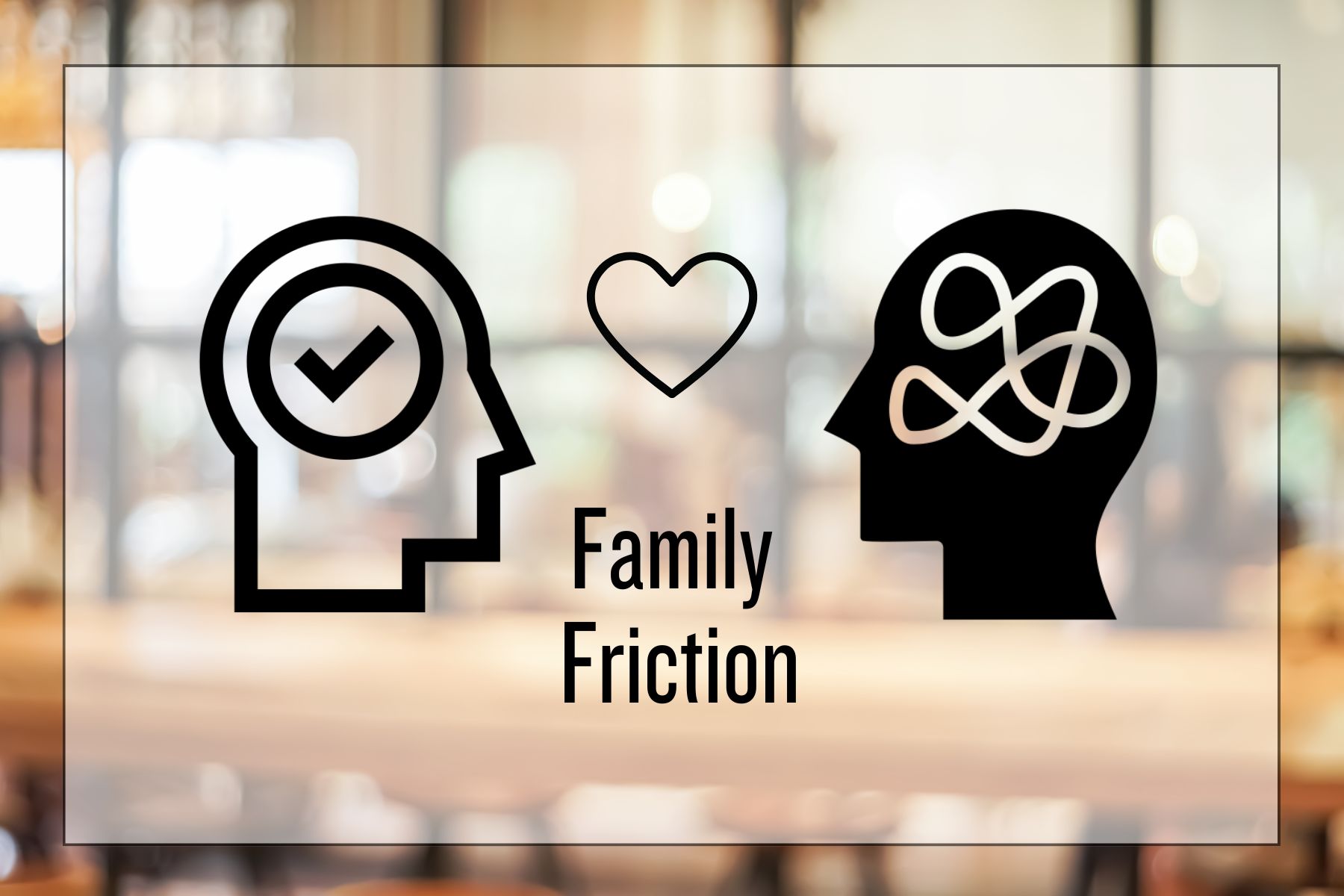
People bring all kinds of emotional baggage into partnerships, and it shows up in their relationship to their stuff. You may feel frustration that your partner ‘won’t get rid of anything’ or ‘saves everything’ or merely puts up resistance when you are trying to edit down your lifetimes’ worth of possessions.
My first piece of advice when you encounter resistance, especially from a spouse or partner is to back off. The reasons for the resistance are rooted in psychology and there are a myriad of factors contributing to the need for your spouse to hold onto their clutter. Maybe they grew up in scarcity. Maybe they are hyper-sensitive to waste. Perhaps they tend toward sentimentality. Radical honesty moment: you are not going to talk them out of their feelings. Nagging will get you nowhere, fast.
Instead, focus on your own stuff. There are plenty of places in your home that house your personal things. Those are the spaces to attack first and build up your decluttering muscle, independent of your partner’s feelings. Your closet, your office, your memorabilia; all are great places to start.
Trust The Growth Process
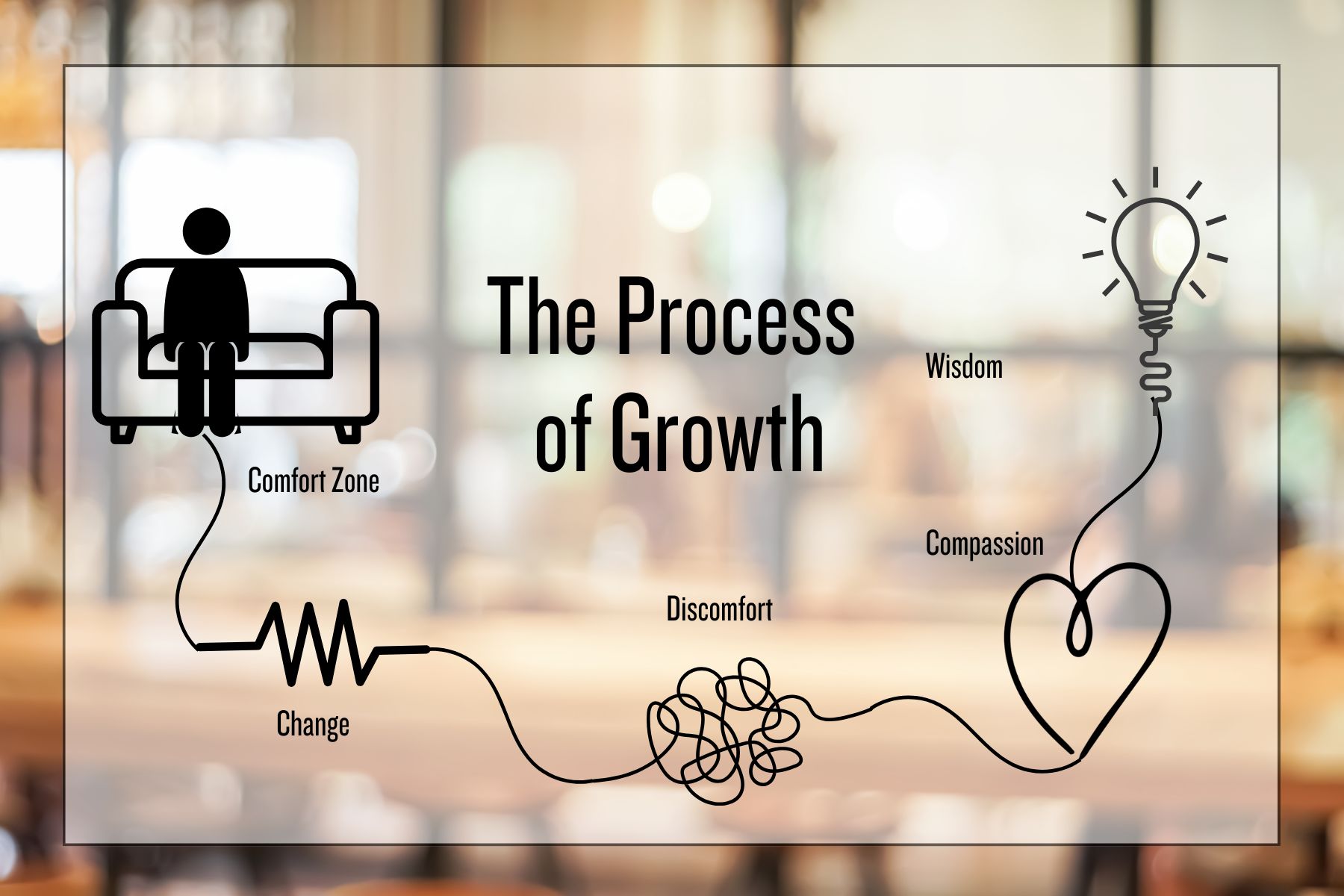
If your family is the problem and the barrier to a decluttered home, it can feel defeating. Now you’ve decluttered your own things and are excited to continue making progress but meet with a brick wall of resistance as you try to move forward. So here’s what you do next.
It’s likely that you’ve already experienced your own growth process. It started with leaving your comfort zone and moving to change. Next you encountered discomfort and had to sit in it, eventually moving to compassion for yourself. Now, when it comes to decluttering, you are living in wisdom.
Your partner needs to go through the same process you did, and you can help them by talking about your experience and why you are decluttering in the first place. I don’t recommend a lecture on why decluttering is so great (not effective, trust me.) Instead it’s conversation over dinner, part of sharing your day, your wins, what you are feeling proud about. This should all be in the context of your own stuff and with no pressure to participate. The more your partner understands why you are decluttering, the fact that you have overcome your own mental challenges with letting go and can hear about all of the positive energy it’s bringing to your life, the better likelihood that they become open to the idea of decluttering themselves. They will enter the growth process, on their own terms.
Suggest a Test Case
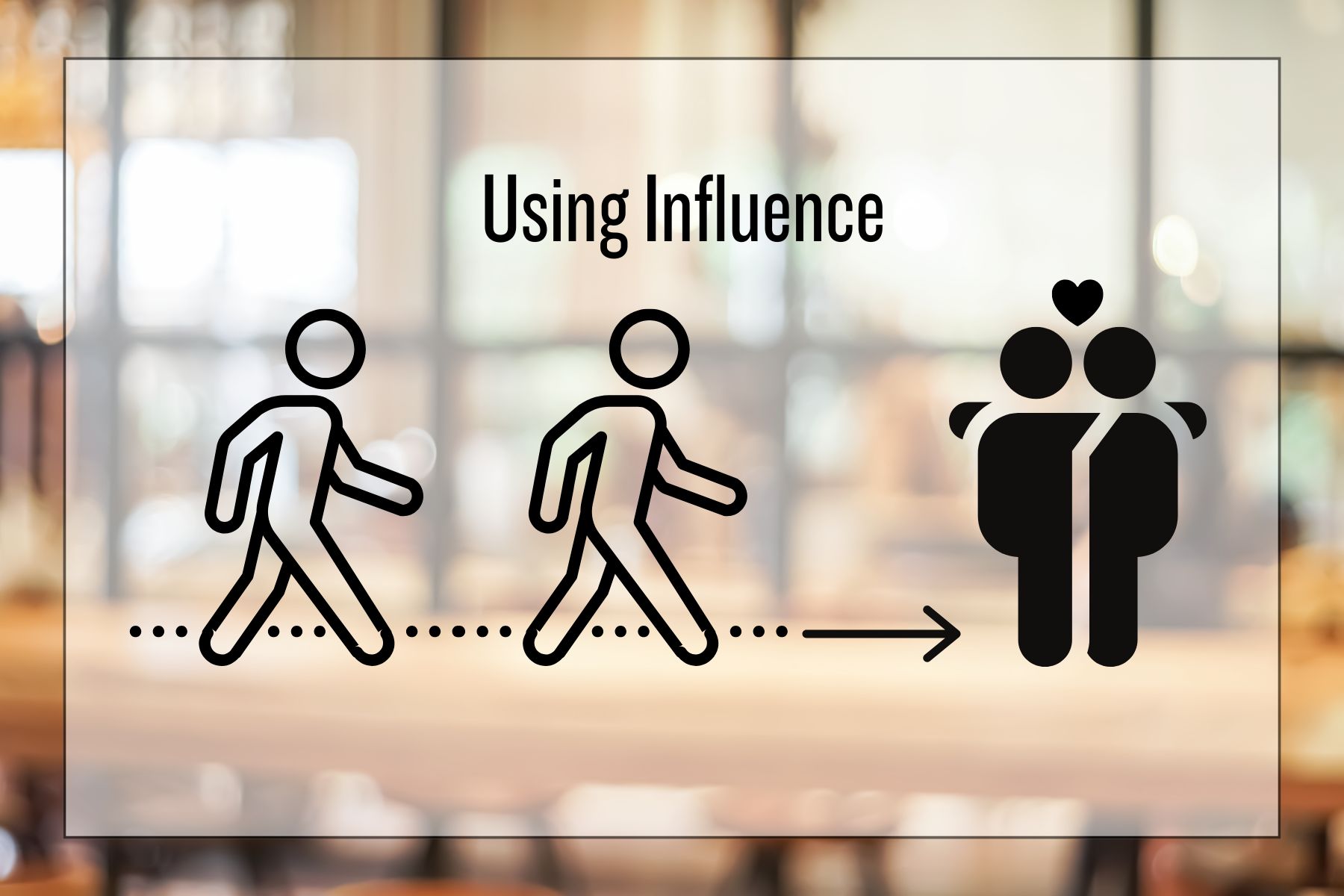
‘Ugghhh, Carrie – my family is the problem, not me! This sounds like a lot of work and I’m already emotionally exhausted from decluttering!’ You can see why my advice on this topic doesn’t always go over well 😉 If you’re still here you’re ready for the next step; suggesting a test case.
This is where you propose decluttering a neutral, shared area (I recommend a drawer in the kitchen.) Pick someplace unintimidating with no emotional attachments. Put the things you’ve decluttered aside and don’t get rid of them yet. Present your partner with the finished product and suggest you live with it for the next week or so to see how it feels. If they hate it, you can put back everything you’ve decluttered.
My prediction is they will like the feeling of the decluttered space and be open to decluttering a second test. If they aren’t, back off and come back at another time. In my experience, the test case is successful and you can continue to build on it. If you are still not making any progress, you may want to consider bringing in a professional organizer to help. I have negotiated more than my fair share of spousal resistance in my practice. The fact that I’m an objective 3rd party helps with the growth process and I’ve never had a partner who didn’t come on board in the end.
Best of Luck

Using influence to get outcomes in a relationship is definitely not easy (or fast!) but it’s the right way to go for lasting results. I have lots of client stories I could share but I’m most proud of how I’ve influenced my husband to declutter. My husband doesn’t have emotional barriers to decluttering but he doesn’t like to be told what to do and he doesn’t like me messing with his stuff. I practiced the same process I’ve outlined here when my own family was the problem. I’m so proud to say that we now declutter our garage together once a year and he regularly assesses his own stuff (clothing, books, etc.) and passes the donations off to me. It wasn’t fast. it wasn’t easy. But I’m proud to say I successfully brought him over from the Dark Side, and you can too!
Remember, it’s not always easy but you CAN do Hard Things!

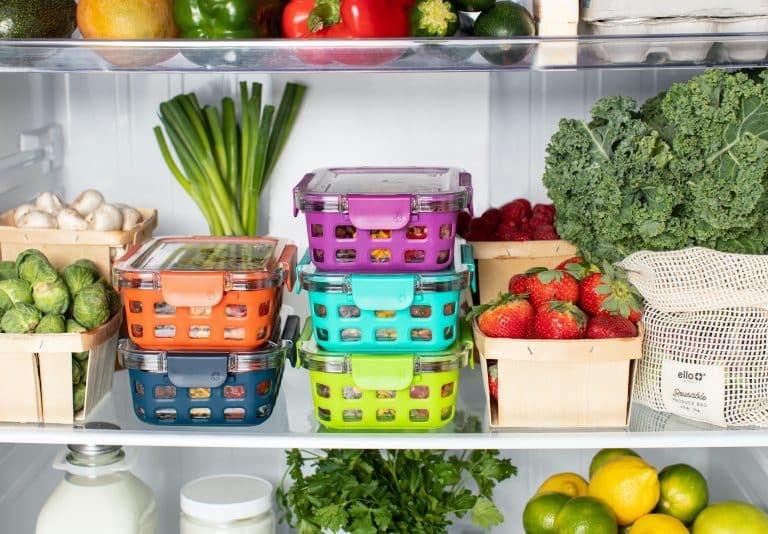
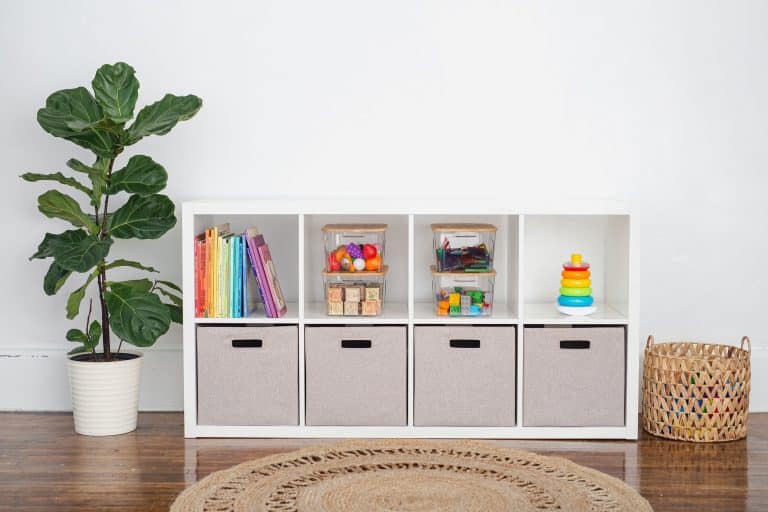

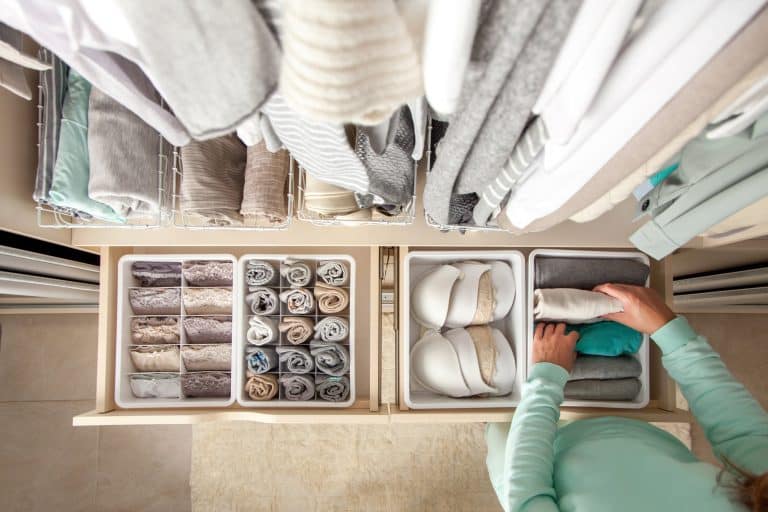


Method Seattle Comment Policy
We welcome relevant and respectful comments. Off-topic comments may be removed.